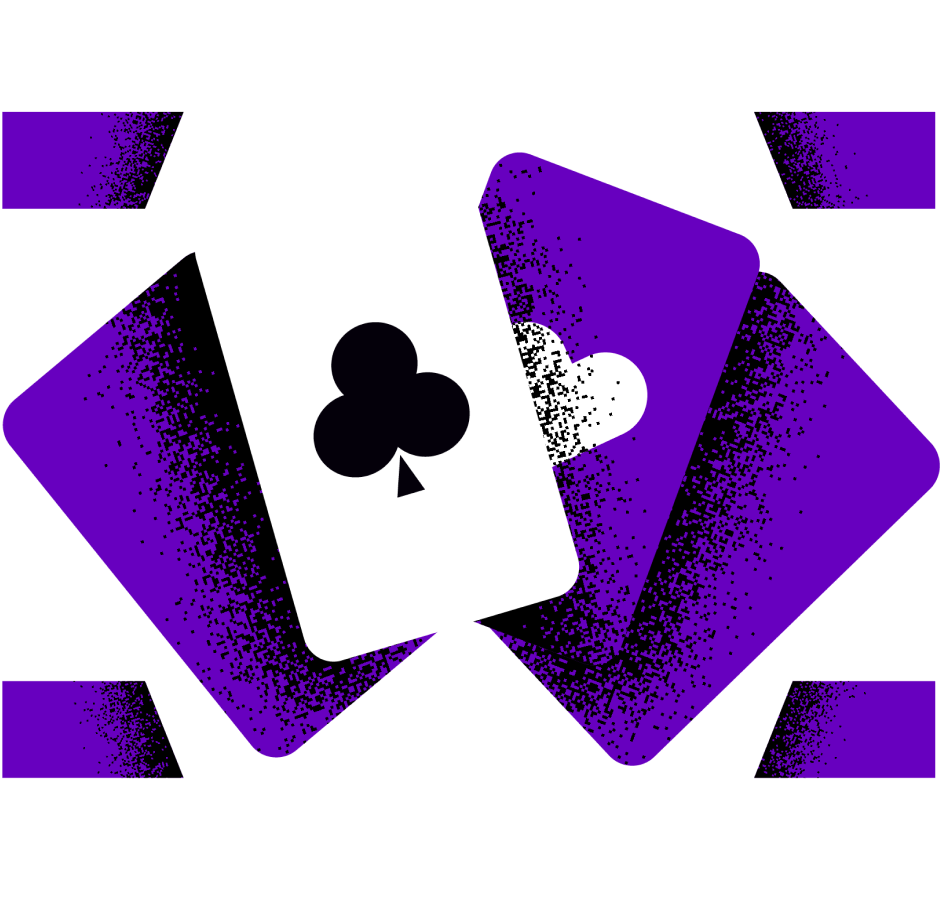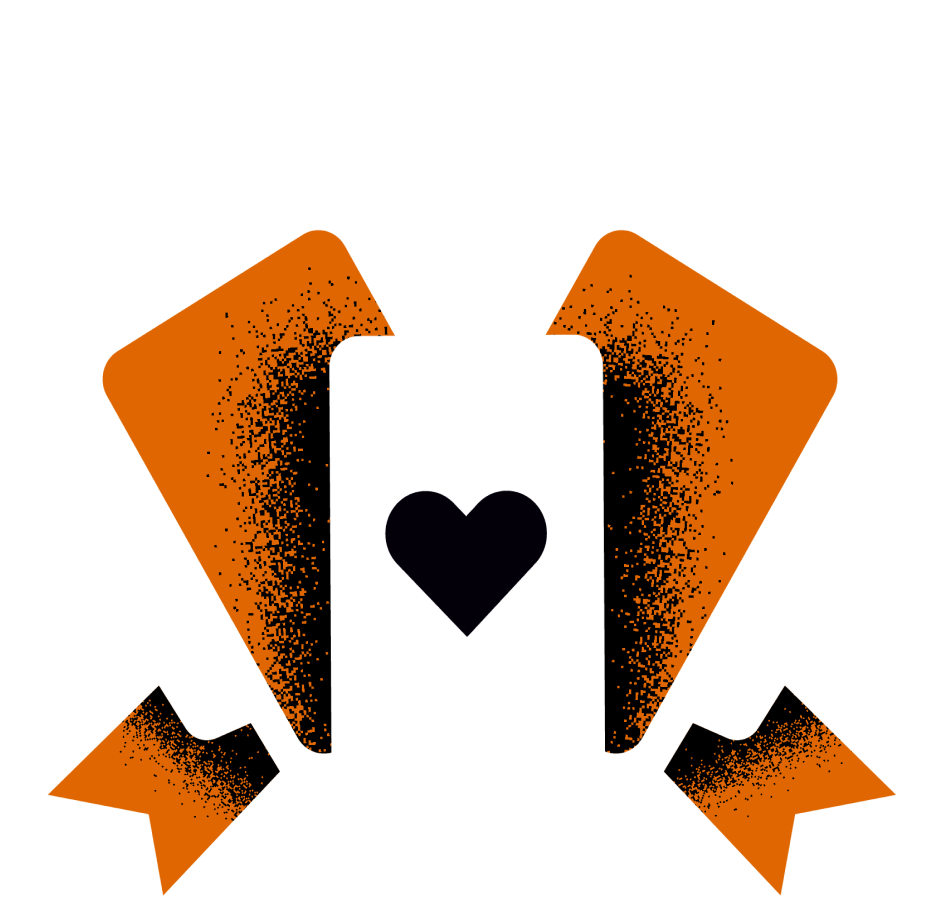High Stakes Hand Analysis with Pro Player Melika Razavi P3
High stakes regular, magician, pageant queen, and CoinPoker ambassador Melika Razavi loves hitting the cash game tables. To give our community some insight into her pot-winning strategies, Melika will walk you through two great hands step-by-step. Hand #1 On a 100/200 No Limit Hold’Em table I open the from BTN to 600 (I like to … High Stakes Hand Analysis with Pro Player Melika Razavi P3
Strategy
High stakes regular, magician, pageant queen, and CoinPoker ambassador Melika Razavi loves hitting the cash game tables. To give our community some insight into her pot-winning strategies, Melika will walk you through two great hands step-by-step.
Hand #1
On a 100/200 No Limit Hold’Em table I open the from BTN to 600 (I like to open 3x from this position). As a result, Sb folds and BB (fedow) defends.
The flop is 2h 8d 5s, making it a dry board with no flush draw and low cards. This means fedow will not have many two-pairs in his range. He most likely has folded all the off suited two pairs (i.e. 2-5, 2-8, and 5-8) preflop.
Most likely we have all the overpairs while fedow does not since he only called preflop.
For these reasons, I like to cbet very widely here. I bet almost my whole range; 1/3. By choosing a smaller sized bet, I am able to make enough cheap bluffs, which I can get away easily, to make the wide cbet range profitable.
Against most players defending tendencies I believe it’s very profitable to cbet all pairs, and at least some Ace high combos such as A3 and A4 for value.
Usually players with trips on boards this face-up will almost always go for a check-raise or check-call.”
So I bet 450 and fedow calls. The turn is 8C and fedow decides to donk-bet half the pot. In this spot, I really don’t believe that he has an 8. Usually, players with trips on boards this face-up (8 high on the flop and an 8 on the turn) will almost always go for a check-raise or check-call.
I decided to call to let him bluff the river as weThere’seres really no point in raising at this moment. The river is 6h and fedow snap-checks.
At this point, I put him on a hand that’s either complete air, a small pair, or 6-7, 6-9, 4-6, 5-6 etc. I bet slightly over half the pot with 1800the on Rive. He calls and I win the pot.
Hand #2
- I don’t mind getting the money in with a flush draw against a short stack when there is dead money in the pot. This probably only happens when SB has a Q or a draw himself.
- I can make Oribatej fold some pairs, like a weak Q, 9-9, or J-J, plus I make him fold his bluffs and straight draws.
- My raise looks strong to both players. I assume these players understand that I cannot be doing this check raise against two players unless I have a flush draw, two pairs, or a set. I gain a lot of respect when I check-raise, and it’s not fun to be out of position without initiative with a 4 high flush draw.
Therefore, I check-raised to 6000 to put SB all-in, and both players called.
He checks behind with Aces, which I think is a huge mistake.”
I have to check-fold and Oribatej needs to shove his KQo+ to protect his hand against my flush draws. He checks behind with Aces, which I think is a huge mistake. I would never check turn if I had a hand better than KQ+ when a player is all-in already and there is a flush draw to get paid by.
The River is 5d and I got to see it for free, but obviously need to check-fold now since it’s not possible to bluff my missed draw, fold, and then lose the pot to SB.
Oribatej checks behind River, and I am not sure why. To me, it’s clearly a value-bet and the size can vary from 1/3 to all-in. It’s all speculative and depends on the game flow, and this was early on in the game.
In the end, Oribatej scoops the pot with rockets!
Explore More
CoinPoker
The best crypto poker room available. Play poker anywhere in the world through coinpokers app or desktop application. You will find an extensive poker game selection available
5 PostsHelp
Need help understand Crypto poker, how to deposit or withdraw crypto at coinpoker or create a coinpoker account, then this is the place
1 PostsNews
Find the latest poker news from coinpoker. Updates about games, promotions and other exciting crypto news.
130 PostsPromotions
Find the latest coinpoker promotions here. Explore the crypto poker world with the best poker promotions available.
51 Posts
















